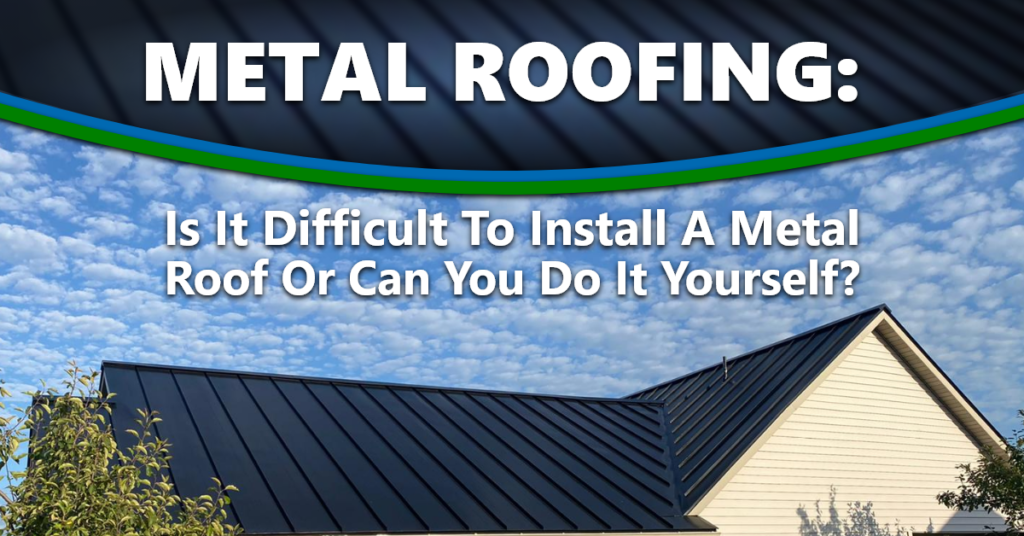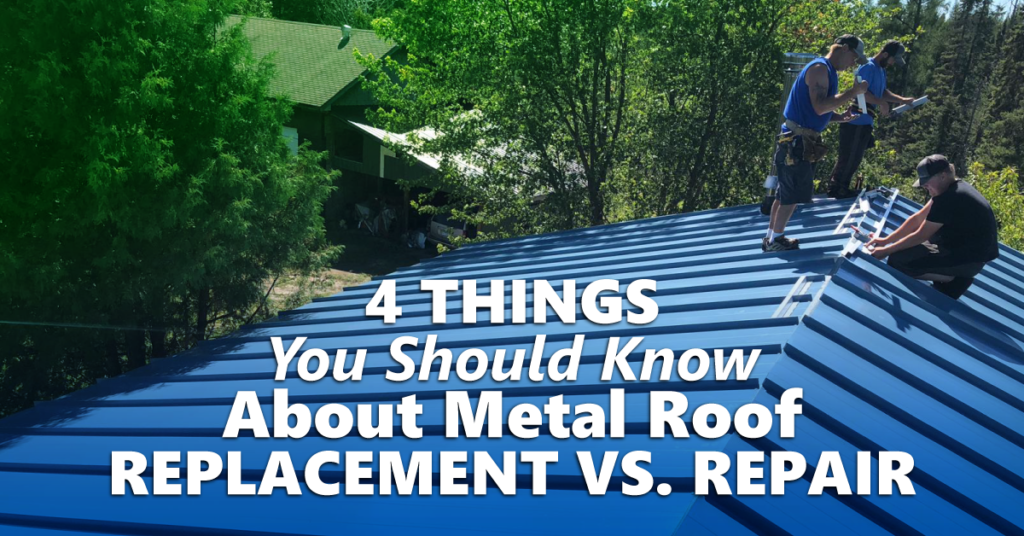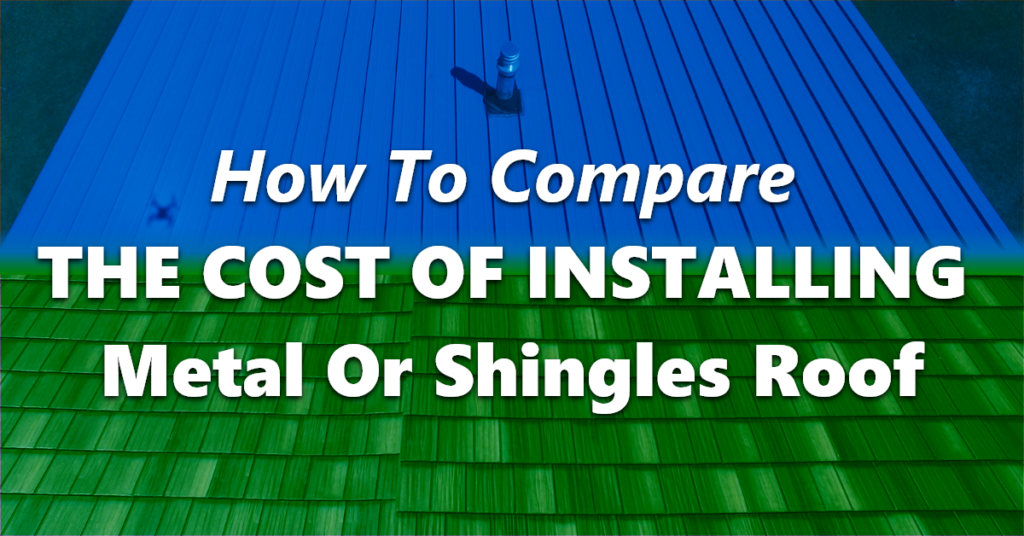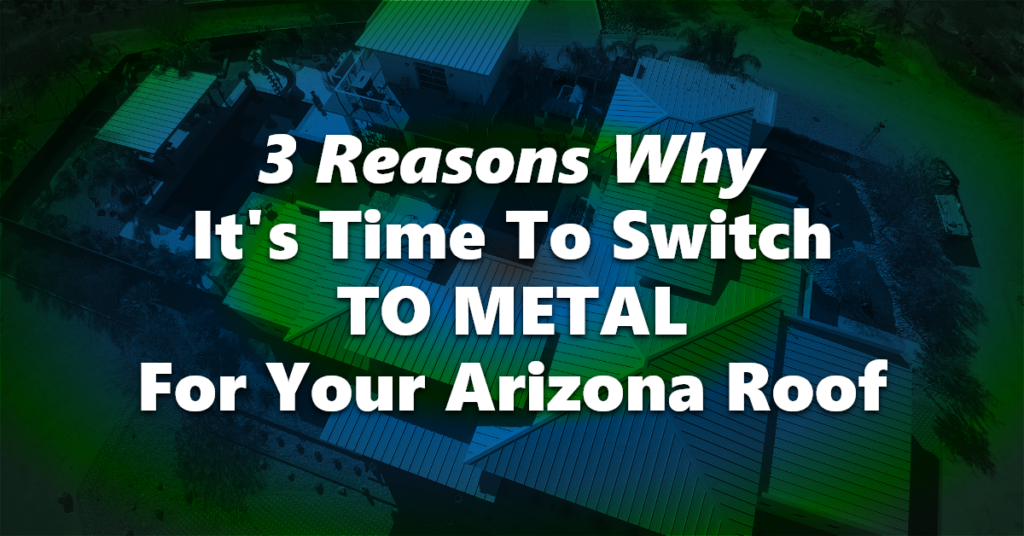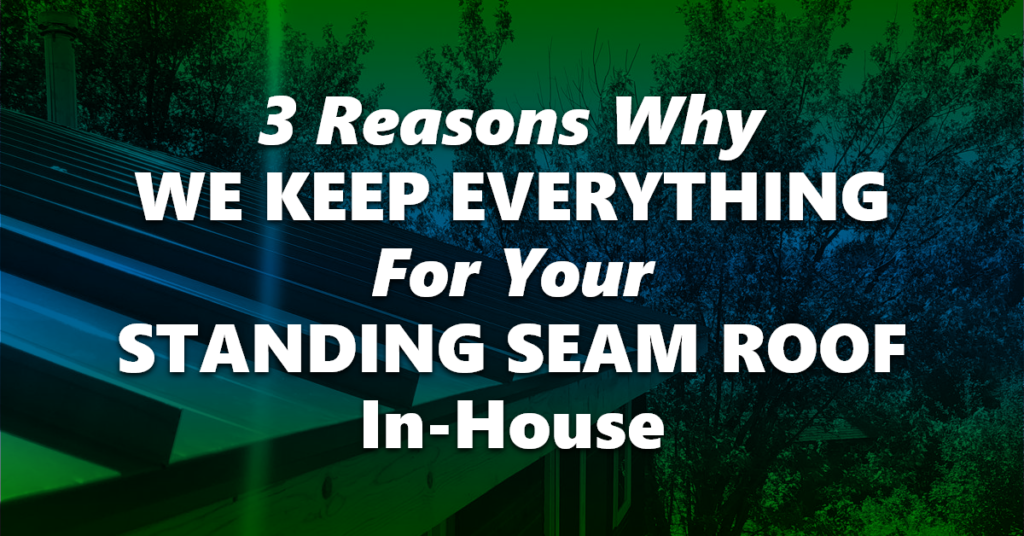Is it difficult to install a metal roof? At first glance, installing a metal roof might look pretty simple. You just screw the metal sheets to your roof deck, right? Well… not exactly. At least not if you want the job done right. Installing metal roofing is a more in-depth process than it appears. First, roofers inspect and make any necessary repairs to the existing roof deck. They then need to install drip edge, underlayment, proper vents, and all the other trim components that are part of a proper metal roof system. When the metal panels are finally installed, they must be carefully measured and cut to ensure a perfect fit.
Because metal roofing is so intricate to install correctly, we recommend against attempting this as a DIY job. Professional installation really is essential to ensure your metal roof performs well and stands up to the elements. Keep reading to learn about some common problems that result
from poor metal roof installation – and also key benefits you can expect from a well-installed metal roof.
Problems Due to Poor Installation
Many of the problems homeowners experience with metal roofs are not due to material failure. Instead, they are due to a poor or inadequate installation process.
Leaks
We’ve seen DIY roofing jobs where the homeowner has improperly installed drip edge or even failed to install drip edge before installing the metal panels. A drip edge is vital to protect the vulnerable edges of your roof from snow and water damage. We also often see issues in areas such as the valleys, hips, ridges, pitch changes and along walls or chimneys because the person installing the metal either didn’t know the correct way to do those areas or they lacked the tools to do it the right way. Regardless of the source of the leak you may find drops of water in your attic after a storm. If you look up at the edges of your roof, you may physically see the roof deck rotting away.
A Humid Attic
If your attic is so hot and humid that you can hardly breathe, your roof may not be correctly vented. Ventilation is vital with metal roofing. Experienced roofers know how to calculate how much ventilation is needed as well as what types of vents to use. They’ll adequately locate your vents for the best airflow pattern. Without proper ventilation, you can wind up with a rotting roof deck or even worse, mold growth in your attic.
Sagging Roof Structure
The roof deck is the wooden, structural part of your roof that lies beneath the metal panels. Experienced roofers know to check it for any signs of damage and to repair that damage before installing a metal roof. If this step is skipped and the roof deck begins to deteriorate in certain places, those parts of the roof may start to sag. The metal panels may initially hide the sagging, but it’s still unsafe. Sagging roofs are at an increased risk of collapsing, especially in a storm.
Improper Panel Installation
If the metal panels are not carefully measured and sized, it may be difficult or impossible to screw them down securely. Even cutting the metal panels to the right size or angle needs to be done with the correct tools to prevent rust (hint: never use a power saw to cut panels.) Additionally, knowing how to make sure the panels are squared up on the roof is vital. If you start crooked, you’ll likely end crooked and that will not look good. roofs installed by experienced metal roofing contractors offer better, more secure protection during bad weather.
Benefits of a Properly Installed Metal Roof
When a metal roof is installed correctly, it can be an incredible asset to your family. Here are some key benefits of a well-installed metal roof.
A Long Lifespan
Metal roofs can last 50+ years and sometimes even longer. Compare this to a lifespan of 10 – 15 years for the average shingle roof, and it’s easy to see why so many homeowners are switching to metal.
Durability
Wind, hail, falling tree branches – they’re no match for a well-installed metal roof! Homeowners often prefer metal roofing in windy areas. There is no other roof as secure as a metal roof in high winds. Period. It is a huge reason that if you travel to the Caribbean, an area that gets pounded by hurricanes every year, you will see metal roofs everywhere! Metal is also durable against wildfires, blizzards, hailstorms, and other natural disasters. Additionally, a properly installed metal roof is the only type of roof that will be just as durable in year 20 or 30 as it is in year 1. You can’t say that about shingles, tile, shakes or slate roofs.
Energy Efficiency
Metal is reflective. As such, a metal roof will reflect more heat waves and sunshine than a roof made from a less-reflective material, such as asphalt. This reflectivity will lead to lower energy bills in the summer. Note that these efficiency benefits can easily be negated if a metal roof is installed without proper ventilation. A well-ventilated metal roof keeps your attic cool and reduces the burden on your AC unit.
Aesthetics
Well-installed metal roofs can look as good as new for many years. The panels stay straight and true. The finish is durable against weather damage. You also won’t have to worry about ugly, lifted seams or panels that flap in the wind.
Metal roofing has many benefits, but only if your metal roof is installed correctly. If you’re considering replacing your home’s roof with a metal roof, contact Vertex Metal Roofing. Our experienced roofers offer services throughout the Northern Minnesota, Phoenix, and Tucson metro areas. We’ll walk you through the best material and installation choices for your unique home.

